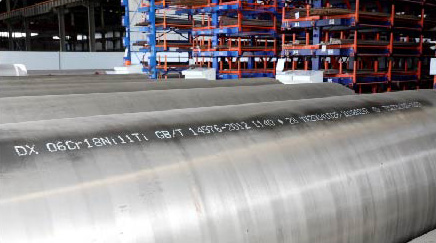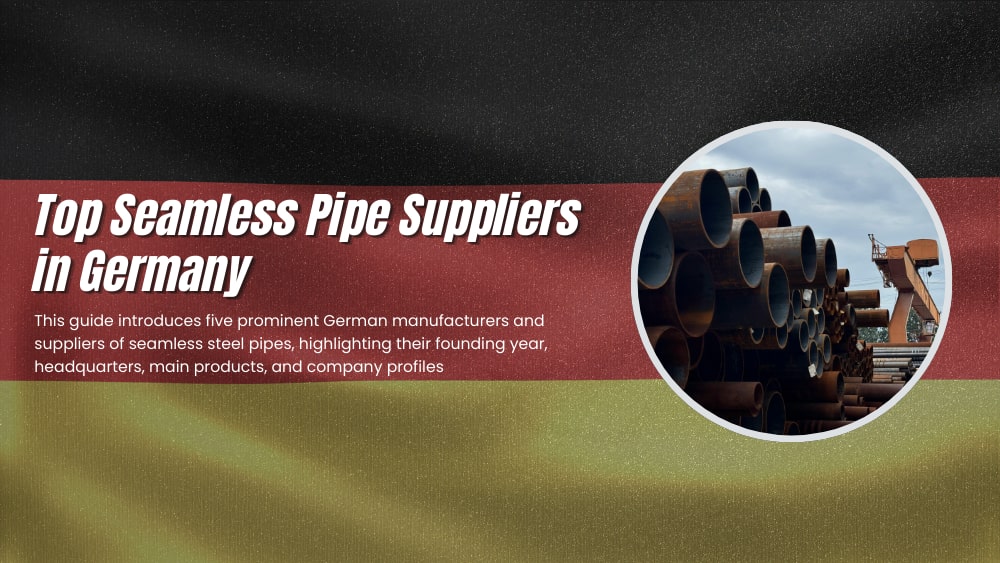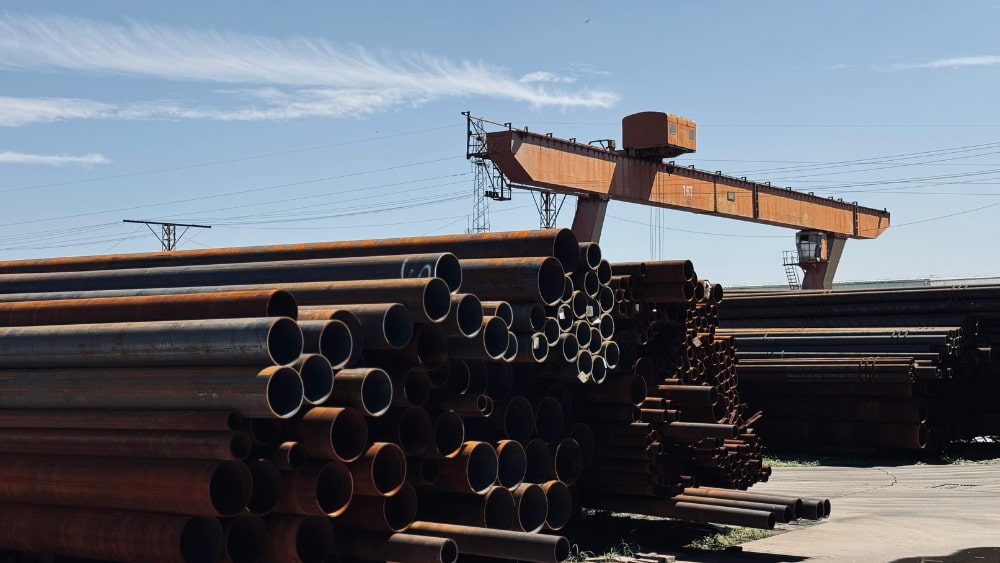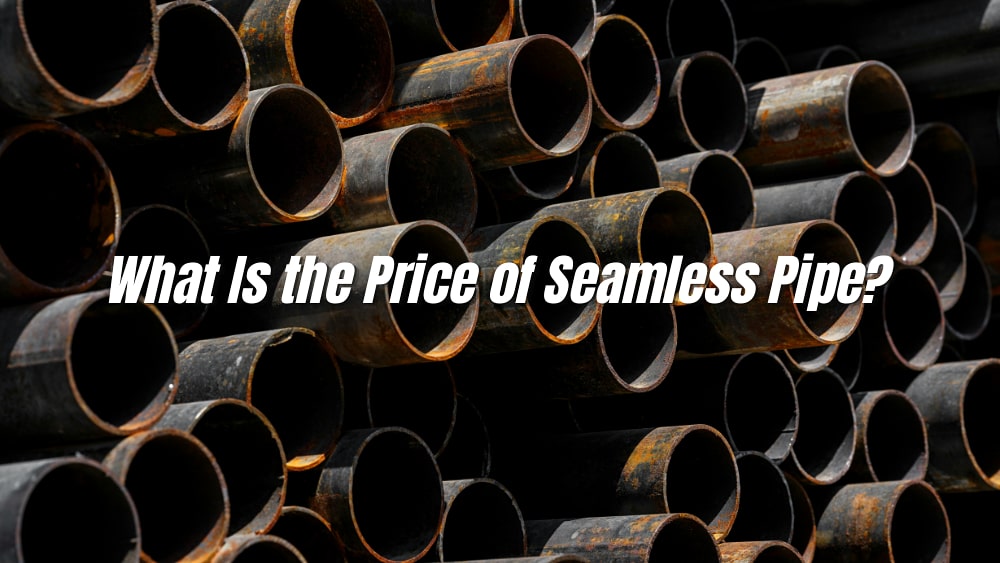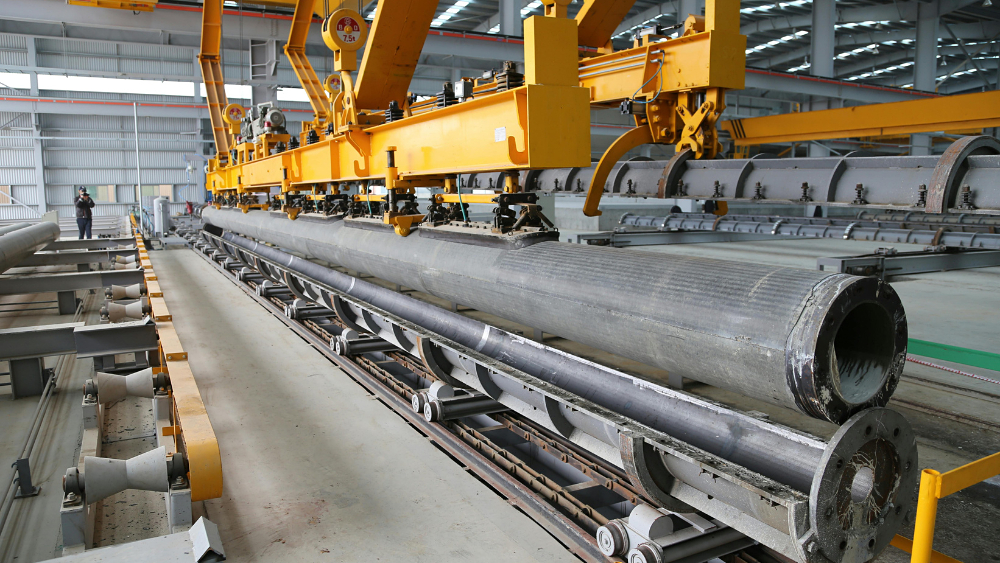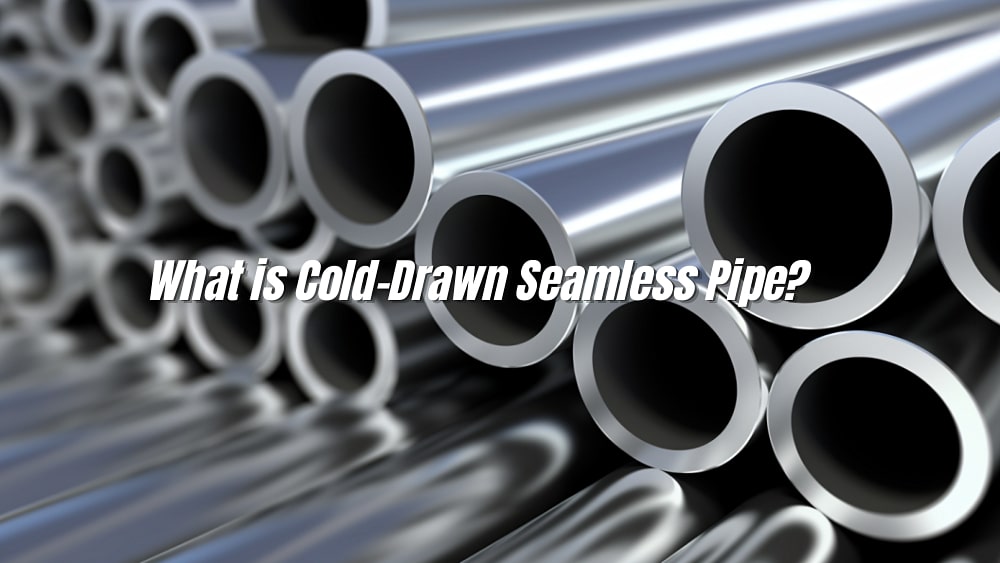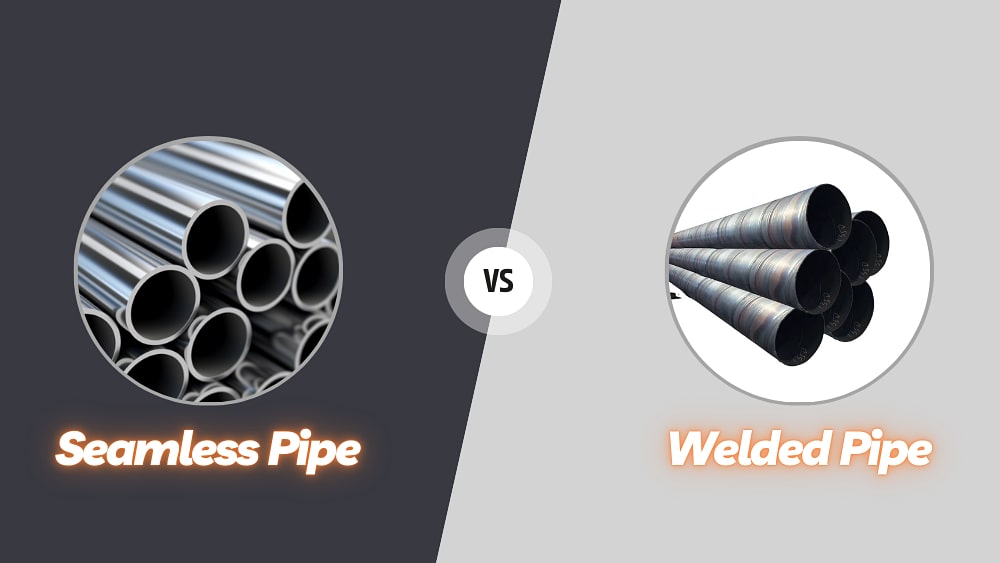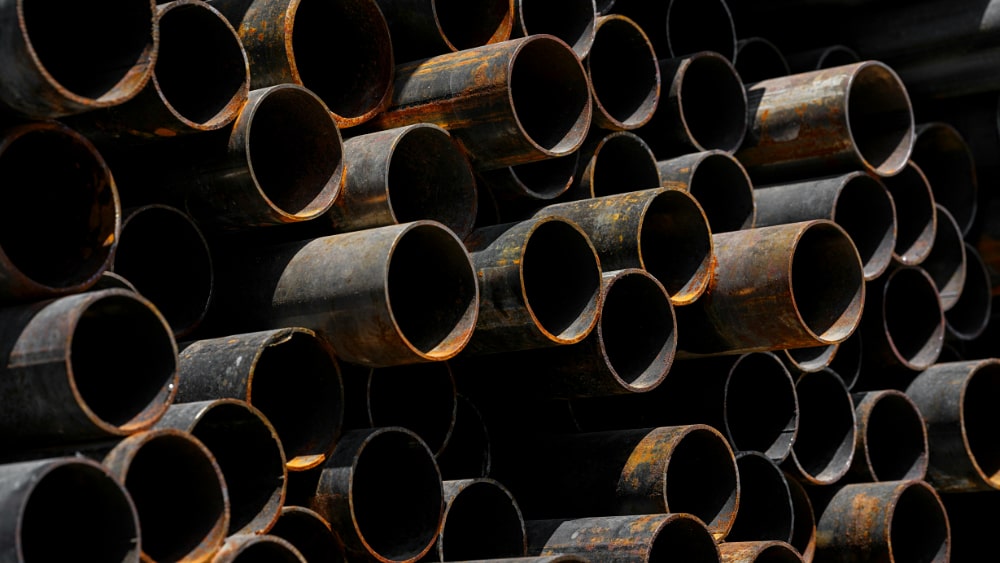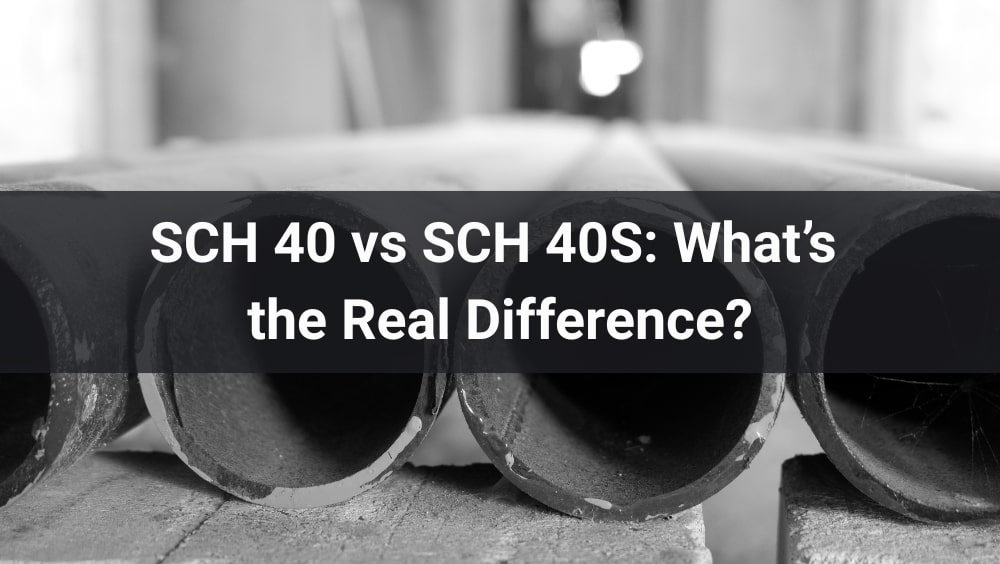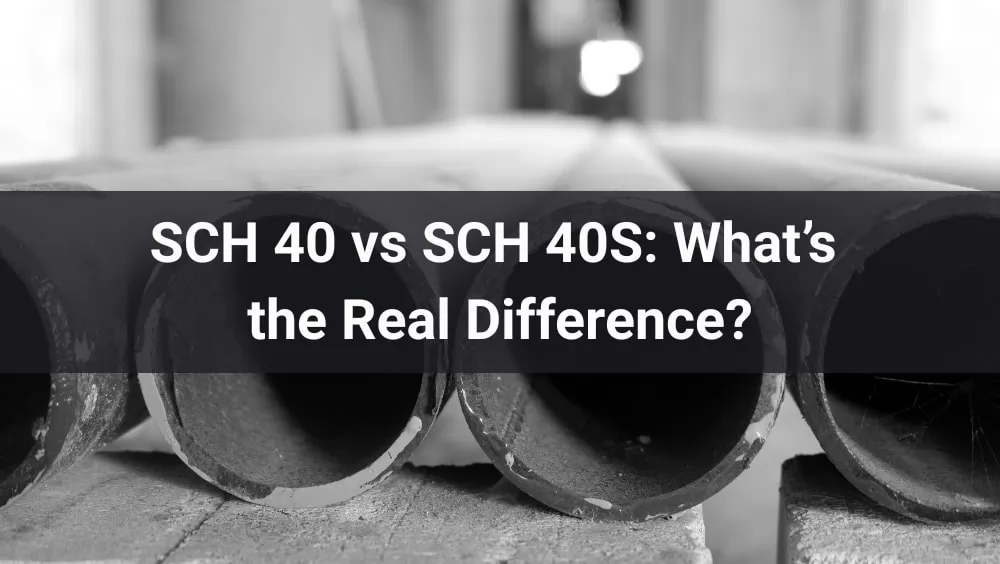
When it comes to choosing piping for your project, understanding the difference between SCH 40 and SCH 40S pipes is crucial. Both types are popular and widely used, but they serve very different purposes depending on your application’s needs. Whether you’re working in construction, manufacturing, or industrial maintenance, picking the right schedule and material can impact everything from system longevity to overall cost.
Have you ever wondered why two pipes that seem so similar can perform so differently under pressure, temperature, and environmental stress? In this article, we’ll dive deep into the real distinctions between SCH 40 and SCH 40S — not just the technical specs, but what they mean in practical terms for your projects and operations. Let’s explore which pipe truly fits your needs.

The term "Schedule" (SCH) refers to the wall thickness of a pipe, which directly impacts its pressure-handling capacity. Both SCH 40 and SCH 40S are standardized under ASME/ANSI B36.10 and B36.19, but they cater to slightly different needs.
SCH 40 is a general-purpose pipe schedule applicable to both carbon steel and stainless steel pipes. The wall thickness varies by nominal pipe size, for example, 0.133 inches for a 1-inch pipe. SCH 40 is designed for moderate-pressure applications and is widely used across various industries.
SCH 40S is a stainless steel-specific schedule, where "S" stands for stainless. It closely matches SCH 40 in wall thickness but follows tighter manufacturing tolerances as defined by ASME B36.19. It is used in applications requiring higher corrosion resistance. For example, a 1-inch SCH 40S pipe also has a 0.133-inch wall thickness but is made exclusively from stainless steel.
Both schedules commonly use stainless steel grades such as 304 (general-purpose, good corrosion resistance) and 316 (better resistance to chemicals and saltwater). SCH 40 can also be used for carbon steel pipes, whereas SCH 40S is limited to stainless steel only.
| Aspect | SCH 40 | SCH 40S |
|---|---|---|
| Applicable Standards | Follows ASTM A53, A106 (Carbon Steel) | Follows ASTM A312 (Stainless Steel) |
| Material | Carbon steel (black or galvanized) | Stainless steel (e.g., 304, 316) |
| Wall Thickness | Thicker at large diameters | Slightly thinner at large diameters |
| Inner Diameter & Flow | Smaller inner diameter, lower flow capacity | Larger inner diameter, higher flow capacity |
| Pressure Rating | Generally higher due to thicker wall | Lower, but adequate for many applications |
| Typical Applications | Water supply, HVAC, compressed air, general industrial | Food, pharma, chemical, hygienic environments |
| Welding & Fabrication | Easy to weld, lower cost | Requires skilled welding, high corrosion resistance |
| Cost | Lower material and fabrication cost | Higher due to stainless material and processing |
SCH 40 is a wall thickness designation commonly used for carbon steel pipes, typically conforming to standards such as ASTM A53 and A106, and is widely used in general industrial and mechanical applications. SCH 40S, on the other hand, is specifically designed for stainless steel pipes and follows standards like ASTM A312. Although their names are similar, the standards they are based on are entirely different.
SCH 40 pipes are generally made from carbon steel materials such as black steel or galvanized steel, suitable for conventional environments and structural use. SCH 40S is exclusively used for stainless steel materials, such as 304 or 316, which are known for their corrosion resistance and are ideal for hygienic or chemically aggressive environments. Thus, the materials themselves distinguish these two types.
Despite the similar naming, SCH 40 and SCH 40S have slightly different wall thicknesses for the same nominal diameter. In most cases, SCH 40S has a slightly thinner wall compared to SCH 40, especially in larger diameter pipes. This variation directly affects the strength and pressure ratings of the piping system and must be considered during design.
Because SCH 40S has a thinner wall, its inner diameter is slightly larger than that of SCH 40 for the same outer diameter. This allows SCH 40S pipes to offer better flow capacity, which is advantageous in systems requiring higher fluid throughput.
Due to its thicker wall, SCH 40 generally has a higher pressure rating than SCH 40S for the same size, making it more suitable for high-pressure environments. Although SCH 40S is thinner, its stainless steel construction provides good strength and corrosion resistance, allowing it to perform reliably in medium to low-pressure applications where cleanliness is critical.
SCH 40 is widely used in building water supply systems, HVAC, compressed air systems, and general industrial environments. SCH 40S is more commonly seen in food processing, pharmaceutical manufacturing, semiconductor production, and chemical processing—industries that demand high levels of cleanliness and corrosion resistance.
Due to the difference in materials, SCH 40S stainless steel pipes require higher technical standards during welding to avoid heat cracking or corrosion issues, but offer superior joint durability and corrosion resistance. SCH 40 carbon steel pipes are easier and less costly to weld and fabricate, though they are less resistant to corrosion.
Because of the material differences, SCH 40S stainless steel pipes are generally much more expensive than SCH 40 carbon steel pipes—often several times more. While stainless steel pipes offer greater durability and corrosion resistance, their initial investment cost is significantly higher. Therefore, SCH 40 is a more economical option in budget-limited or non-corrosive environments.
| Nominal Pipe Size (NPS) | Outer Diameter (mm) | Wall Thickness SCH 40 (mm) | Wall Thickness SCH 40S (mm) | Weight SCH 40 (kg/m) | Weight SCH 40S (kg/m) |
|---|---|---|---|---|---|
| 1/2" | 21.3 | 2.77 | 2.11 | 1.27 | 0.96 |
| 1" | 33.4 | 3.38 | 2.77 | 2.72 | 2.28 |
| 2" | 60.3 | 3.91 | 2.77 | 5.44 | 3.85 |
| 3" | 88.9 | 5.49 | 3.05 | 11.29 | 6.42 |
| 4" | 114.3 | 6.02 | 3.76 | 16.21 | 10.02 |
| 6" | 168.3 | 7.11 | 4.19 | 28.26 | 16.89 |
| 8" | 219.1 | 8.18 | 4.78 | 44.13 | 25.98 |
This table provides a side-by-side comparison of SCH 40 and SCH 40S steel pipes across commonly used nominal pipe sizes. While both schedules may share similar outer diameters, their wall thickness and corresponding weight can vary significantly—especially in larger sizes. SCH 40 typically features thicker walls and higher weight due to its carbon steel applications, whereas SCH 40S is optimized for stainless steel use, offering corrosion resistance with reduced wall thickness. Understanding these differences is essential for selecting the right pipe type based on performance, installation needs, and regulatory requirements.

| Factor | SCH 40 | SCH 40S |
|---|---|---|
| Pressure/Temperature | Moderate, non-corrosive fluids | Corrosive or high-temp fluids |
| Environment | Indoor, dry | Coastal, chemical, humid |
| Cost | Lower upfront | Lower long-term |
| Compliance | Basic standards | Meets FDA, ASME BPE |
| Installation | Standard welding | Skilled welding (TIG) |
Start by assessing system pressure, temperature, and fluid type. SCH 40 is ideal for general water, air, or oil transport under moderate conditions. SCH 40S performs better in systems with corrosive chemicals or high temperatures, offering greater reliability and resistance to stress over time.
SCH 40S stainless steel excels in harsh environments—think coastal areas, high humidity, or exposure to industrial chemicals—thanks to its corrosion resistance. In contrast, SCH 40 carbon steel is suitable for indoor, dry environments where corrosion is less of a concern and cost savings are important.
If you’re working with a limited upfront budget, SCH 40 is a good entry point. But in corrosive or high-wear environments, it may require frequent repairs. SCH 40S, though more expensive initially, often lasts longer and minimizes maintenance, leading to lower overall lifecycle costs.
Certain industries require specific material standards. SCH 40S is often mandated in food, pharmaceutical, or clean-room environments due to its compliance with FDA, ASME BPE, or sanitary codes. Always verify local building, plumbing, or industry-specific codes before selecting material.
SCH 40 is easier to install and weld using basic methods, making it ideal for quick, cost-effective projects. SCH 40S requires more skilled labor and cleaner welding techniques but rewards that investment with lower long-term maintenance and greater resistance to failure.

SCH 40S is better suited for welding and pressure applications, usually has a smoother surface, while thickness and size are basically the same.
In most cases, yes. But for critical uses, it's best to follow design specs to ensure material performance meets requirements.
SCH 40S offers better surface finish and is suitable for piping systems requiring higher welding quality and pressure resistance.
Generally, SCH 40S is slightly more expensive due to finer manufacturing processes and stricter quality control.
Both have the same wall thickness standards; differences lie in manufacturing and surface treatment, not basic dimensions.
Choosing between SCH 40 and SCH 40S pipes is more than just a technical decision — it’s about matching the right material and strength to your project’s specific demands. From pressure ratings to corrosion resistance, and installation complexity to budget constraints, each type offers unique advantages that can dramatically affect performance and cost-efficiency.
At Dexin, we understand the importance of making informed choices. That’s why we provide a comprehensive range of both SCH 40 and SCH 40S pipes, backed by expert advice and trusted quality. Whatever your project requires, Dexin is here to help you get it right the first time. Ready to find the perfect pipe? Reach out and let’s build something lasting together.
Your Name*
Your Email*
